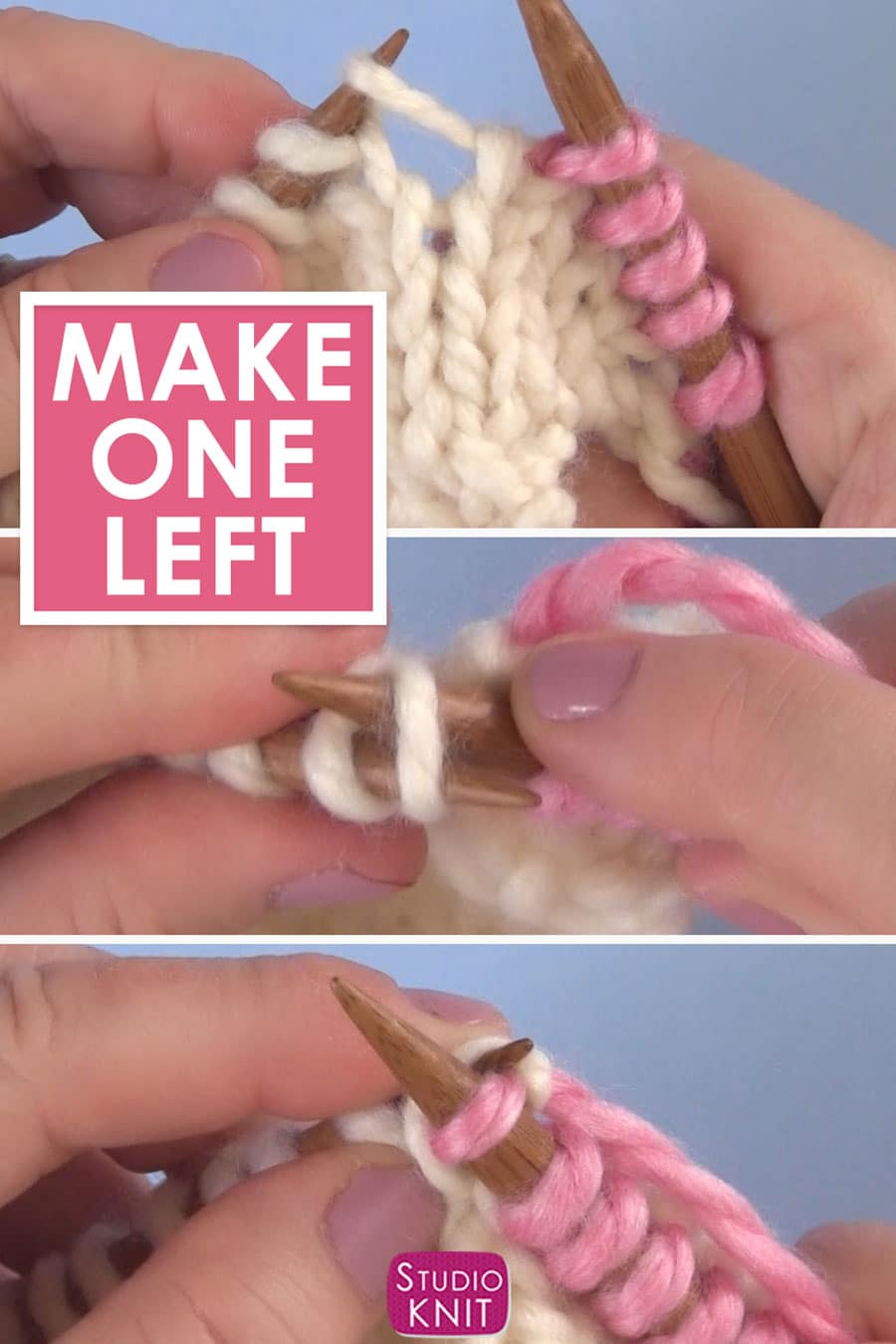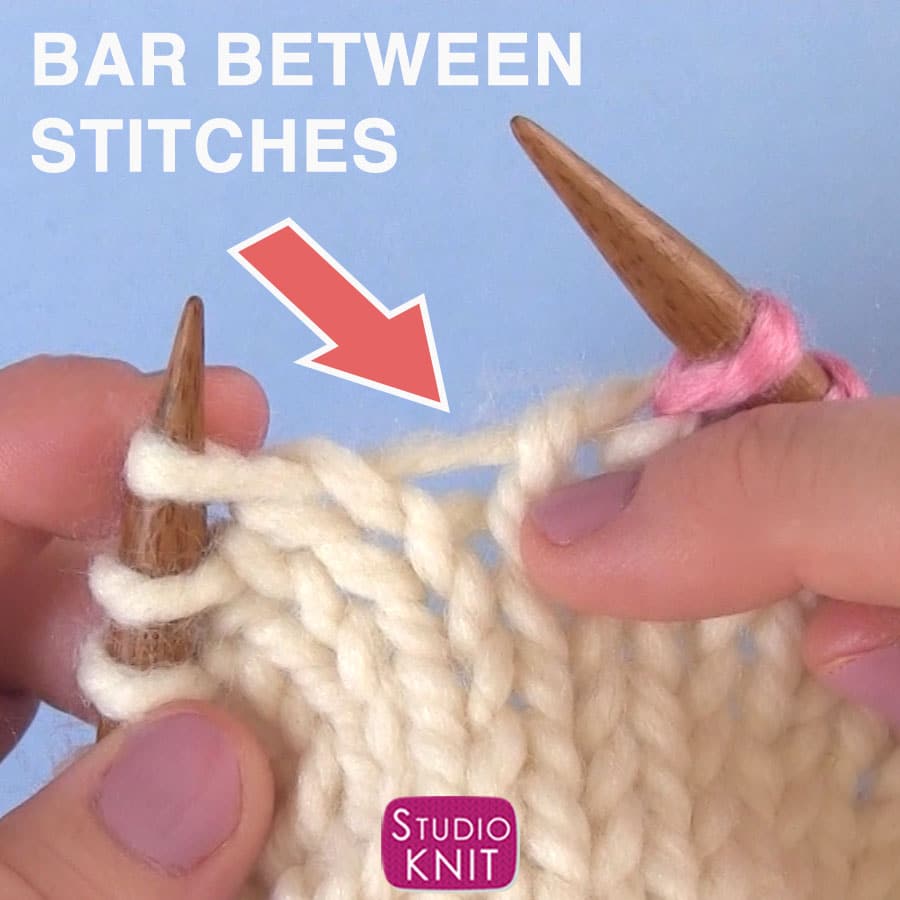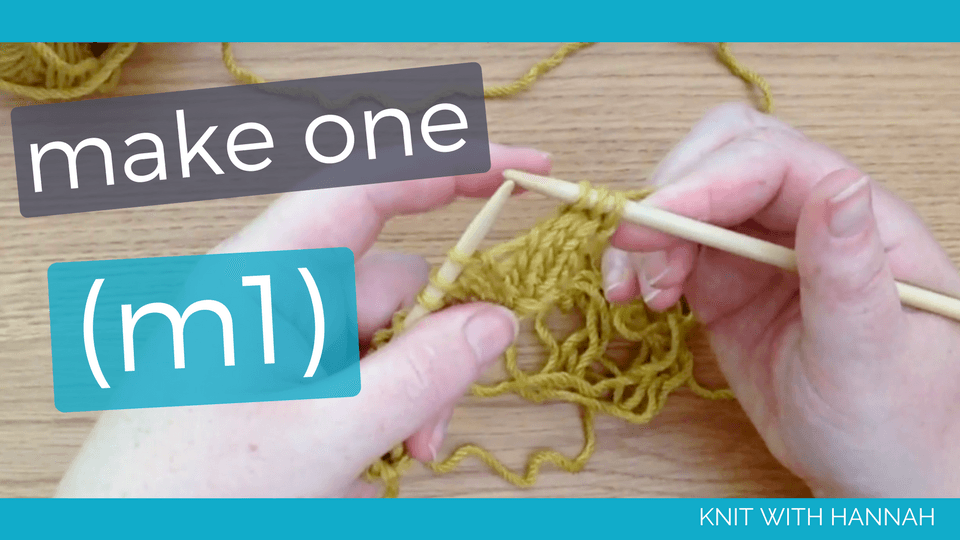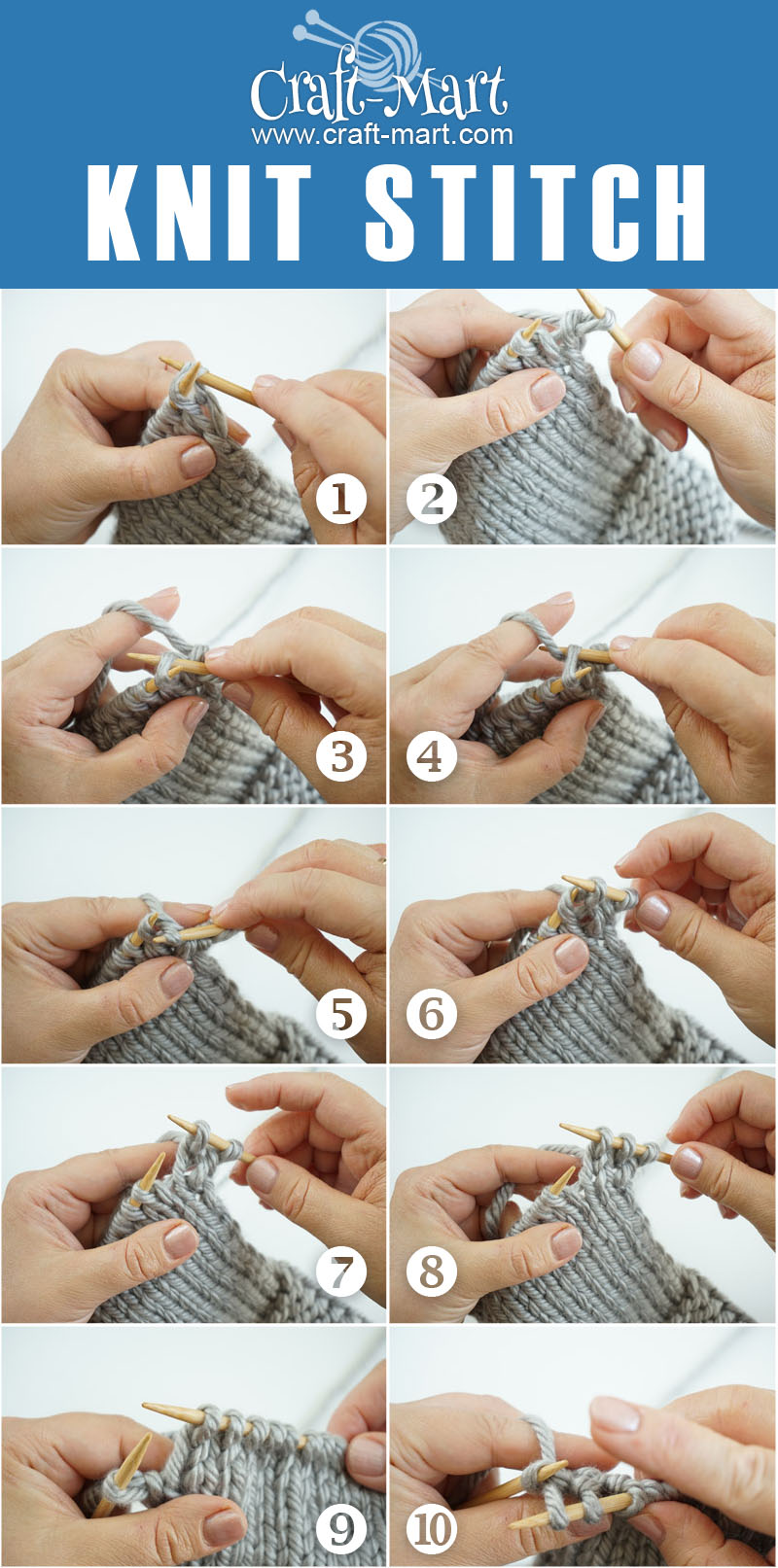How To Make One In Knitting
How To Make One In Knitting - Knit into front and back of the same stitch. Knit the next stitch on your main needle. Knitting uses two needles to interlock yarn to make a fabric, while crochet employs a single hook to create a garment from yarn. “m1l” stands for “make 1 left,” and that’s because the new stitch that you create will lean leftwards in your knitting. Make one increases are created by working into the strand in between two stitches on your knitting needles. 1.1m views 11 years ago. It is less noticiable than knitting into the front and back of a stitch. The working yarn should be in front of your work. We'll start with 'make one right' first. 21k views 6 years ago my knitting tutorials. Learn how to increase 1 stitch by picking up the horizontal loop before next stitch and. If so, let me tell you, it is so easy…you’ll be doing it in less than 5 minutes after watching this! Take the working yarn and wrap your thumb around it, rolling your thumb over and towards you, creating a loop. This can sometimes. Pick up the strand between two stitches with the left needle coming from behind. Everything you need to know. Web the technique used: The make one is a commonly used knitting increase, but there are 6 variations of this stitch: The most basic way to increase is knitting in. In this video, jen lucas explains how to work the make one (m1) increase. The make one is a commonly used knitting increase, but there are 6 variations of this stitch: Web what is a make one, m1, anyways? You’ll find this increase used in many different types of projects, like fingerless mitts or mittens. In this video, jen lucas. 51k views 9 years ago 😀super easy ways to increase knitting!! First, let’s define the abbreviations (note that the fist 3 make ones are done knitwise and last 3 are the same, but they’re done purlwise): You’ll find this increase used in many different types of projects, like fingerless mitts or mittens. Where a specific technique is listed on our. The make one is a commonly used knitting increase, but there are 6 variations of this stitch: 21k views 6 years ago my knitting tutorials. 7.2k views 3 years ago knitting increases & decreases: Knit the next stitch on your main needle. Knitting helps create a delicate, drapey fabric that is more suitable for making pieces like sweaters, socks, and. Web make one left or make one right are simply single increases knit into the horizontal yarn between two existing stitches. Insert the right needle into the lifted strand from left to right. The make one is a commonly used knitting increase, but there are 6 variations of this stitch: M1 is an increasing stitch, and simply means to make. The most basic way to increase is knitting in. In this video, jen lucas explains how to work both the make one left (m1l) and make one right (m1r). Web 1m views 13 years ago knitting techniques. This increase is called a make 1, because you make a stitch by itself, instead of using a previous stitch. Knitting helps create. Each one looks a little bit different in your work. This can sometimes be a bit fiddly. Slip the loop onto your working needle and release the yarn from your thumb, tightening it onto the needle. Take the working yarn and wrap your thumb around it, rolling your thumb over and towards you, creating a loop. Or, you can follow. Make 1 or m1 is a generic way to say ‘create one new stitch’. Web to make one (m1), pick up the bar between two stitches and knit into it. This increase is called a make 1, because you make a stitch by itself, instead of using a previous stitch. Each one looks a little bit different in your work.. You’ll find this increase used in many different types of projects, like fingerless mitts or mittens. Take the working yarn and wrap your thumb around it, rolling your thumb over and towards you, creating a loop. These increases are mirror images of each other, as one leans to the left and the other to the right. It is less noticiable. This can sometimes be a bit fiddly. 51k views 9 years ago 😀super easy ways to increase knitting!! 1.1m views 11 years ago. The make one is a commonly used knitting increase, but there are 6 variations of this stitch: 2.3k views 3 years ago #howtoknit #knitting #knittingstitches. These increases are mirror images of each other, as one leans to the left and the other to the right. Slip the loop onto your working needle and release the yarn from your thumb, tightening it onto the needle. The working yarn should be in front of your work. Pick up the strand between two stitches coming from the front and lift it back to the left needle. Web have you ever heard or seen the knitting stitch m1? “m1l” stands for “make 1 left,” and that’s because the new stitch that you create will lean leftwards in your knitting. Did you wonder what on earth it meant?! Everything you need to know. Short technique videos and longer pattern tutorials to take your knitting skills to the next level. Each one looks a little bit different in your work. Knit into front and back of the same stitch.
Make One Left (M1L) Quick 1 Minute Knitting Tutorial YouTube

How to Knit Knit Stitch (beginner tutorial) YouTube

Make One Knitting Increase (M1, M1L, M1R) Studio Knit
![Learn to knit Free step by step tutorials for beginners [+ videos]](https://nimble-needles.com/wp-content/uploads/2020/04/make-one-right-2-768x513.jpg)
Learn to knit Free step by step tutorials for beginners [+ videos]

Want To Step Up Your Make One Left Knitting? You Need To Read This

How To Make 1 Stitch (m1) Knit With Hannah

Knit Stitch Patterns How to Do a Knit Stitch and Garter Stitch Craft

How to knit a beginner s step by step guide Artofit
/M1_4-5ad10f1418ba010037438ea3.jpg)
How to Increase Stitches with Make One (M1) in Knitting
![Learn to knit Free step by step tutorials for beginners [+ videos]](https://nimble-needles.com/wp-content/uploads/2020/03/knitting-stockinette-stitch.jpg)
Learn to knit Free step by step tutorials for beginners [+ videos]
Web Make One Left Or Make One Right Are Simply Single Increases Knit Into The Horizontal Yarn Between Two Existing Stitches.
Pick Up The Strand Between Two Stitches With The Left Needle Coming From Behind.
It’s A Very Neat Looking Increase That Basically Appears Magically Between Two Existing Stitches.
There Are Many Different Methods That You Can Choose From, And You Should Pick The One You Prefer.
Related Post: